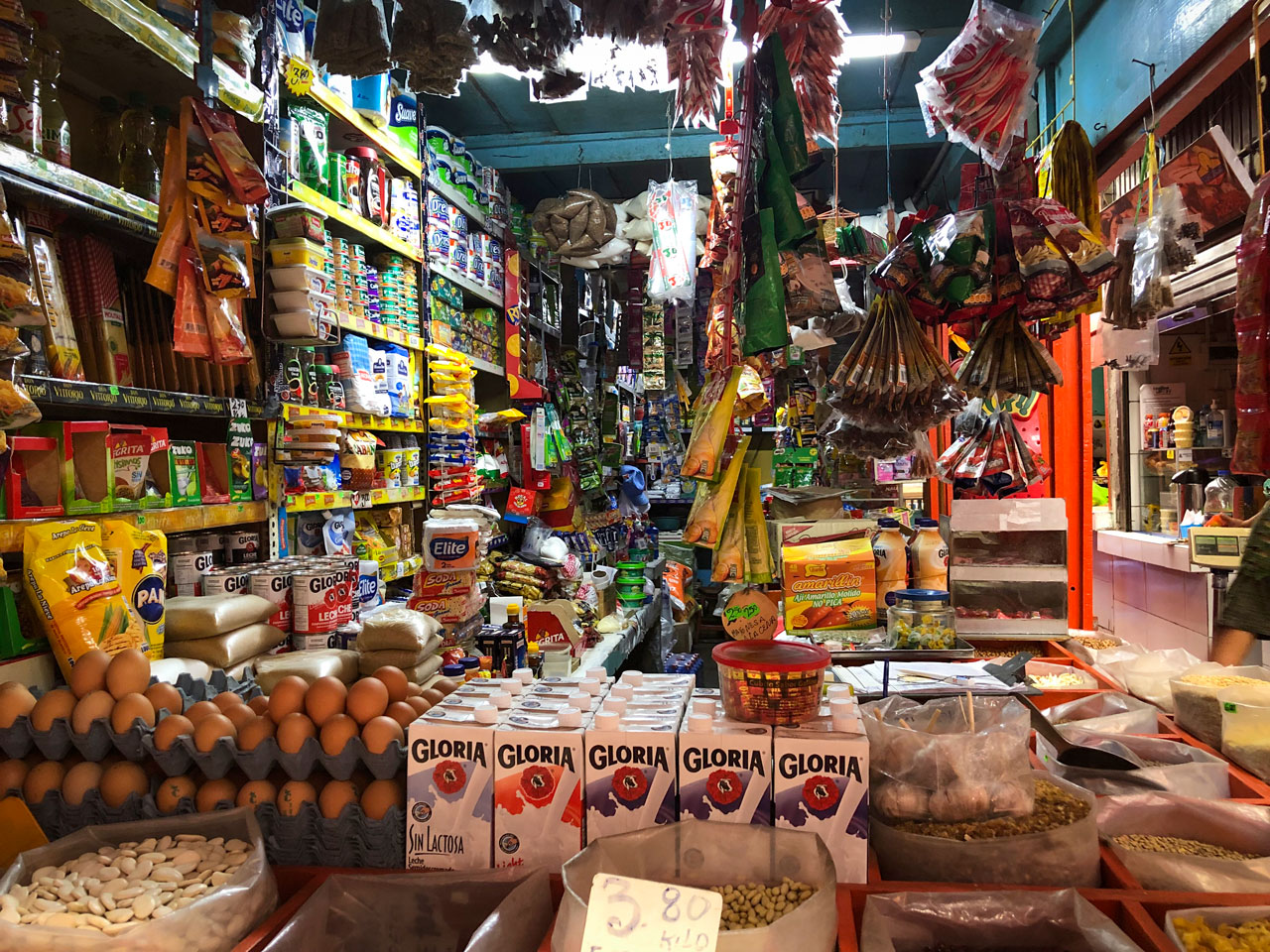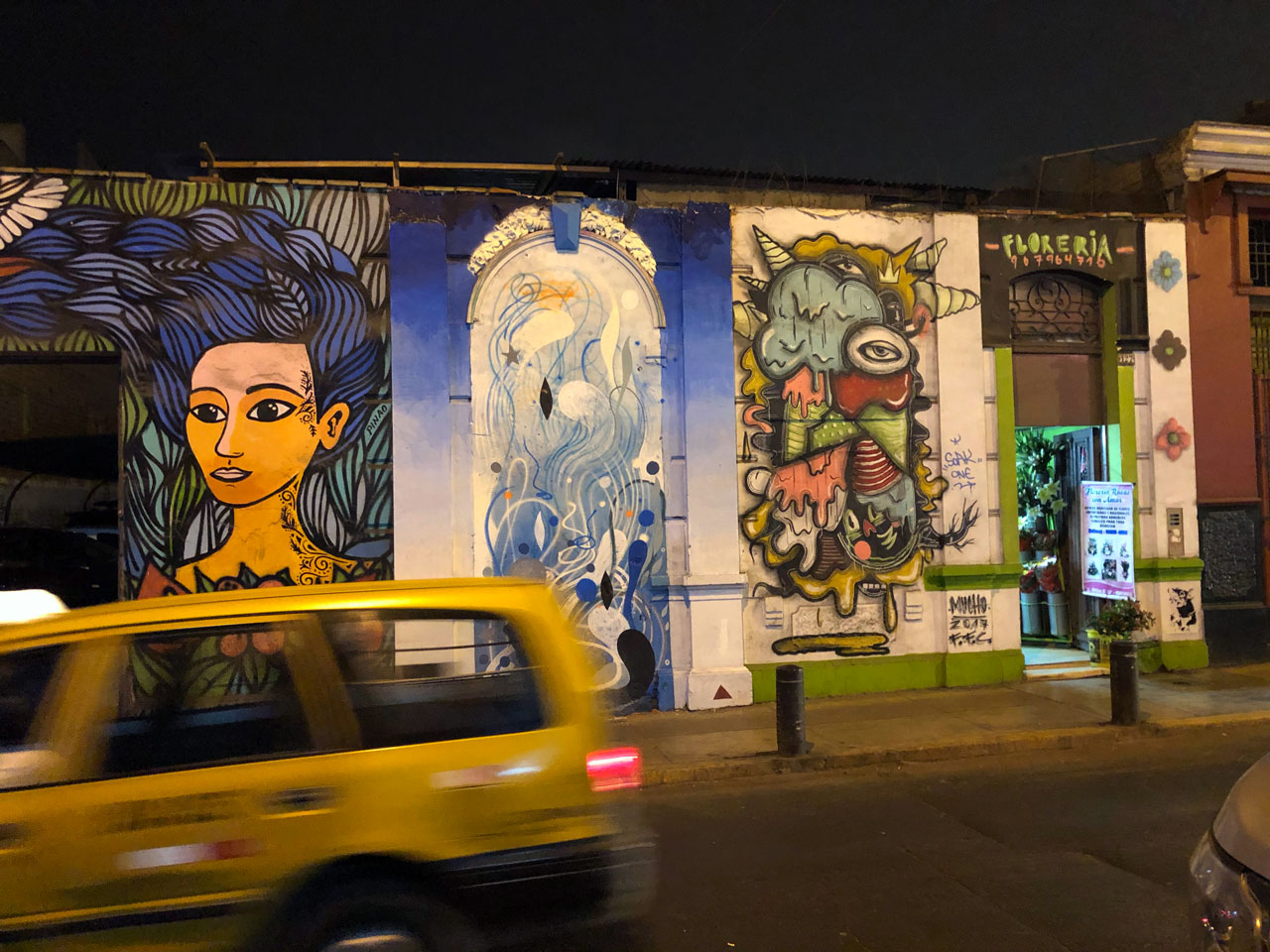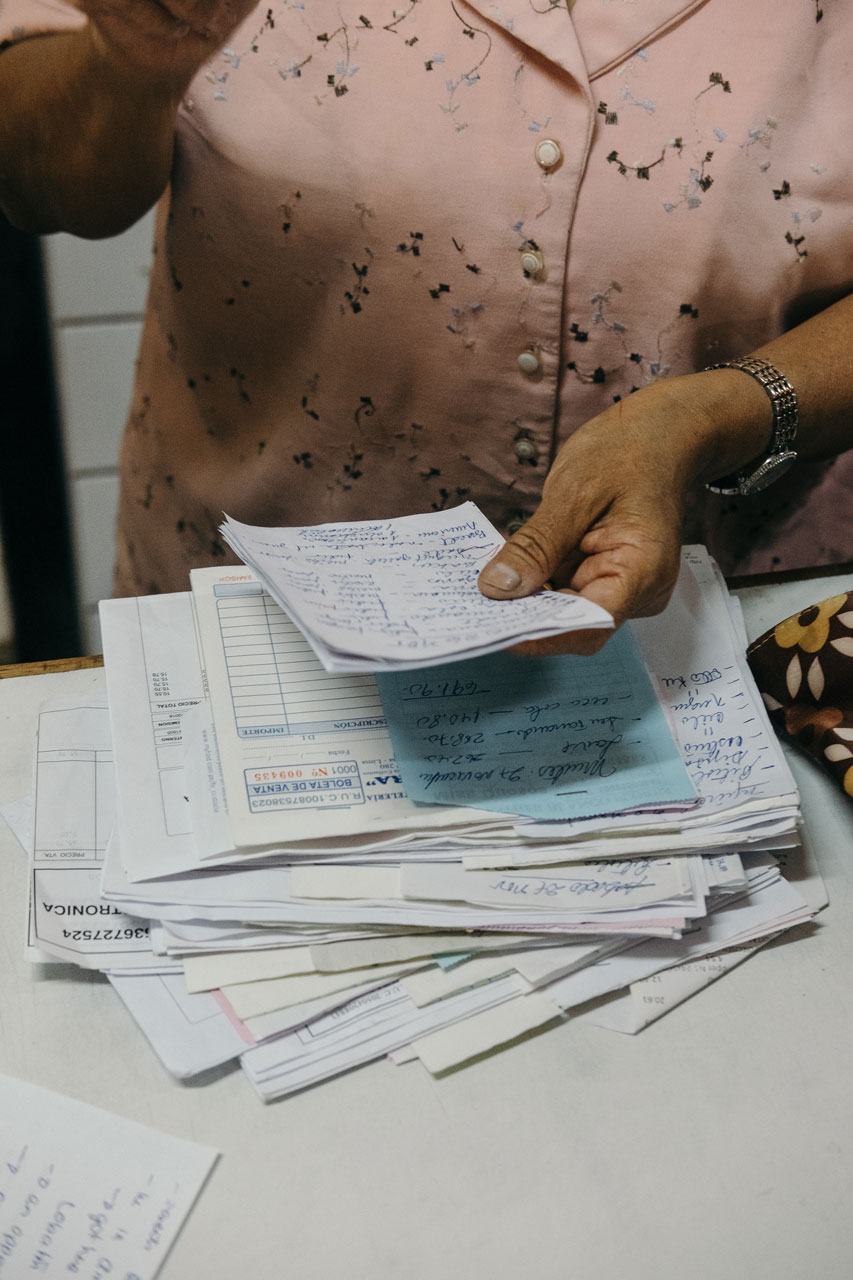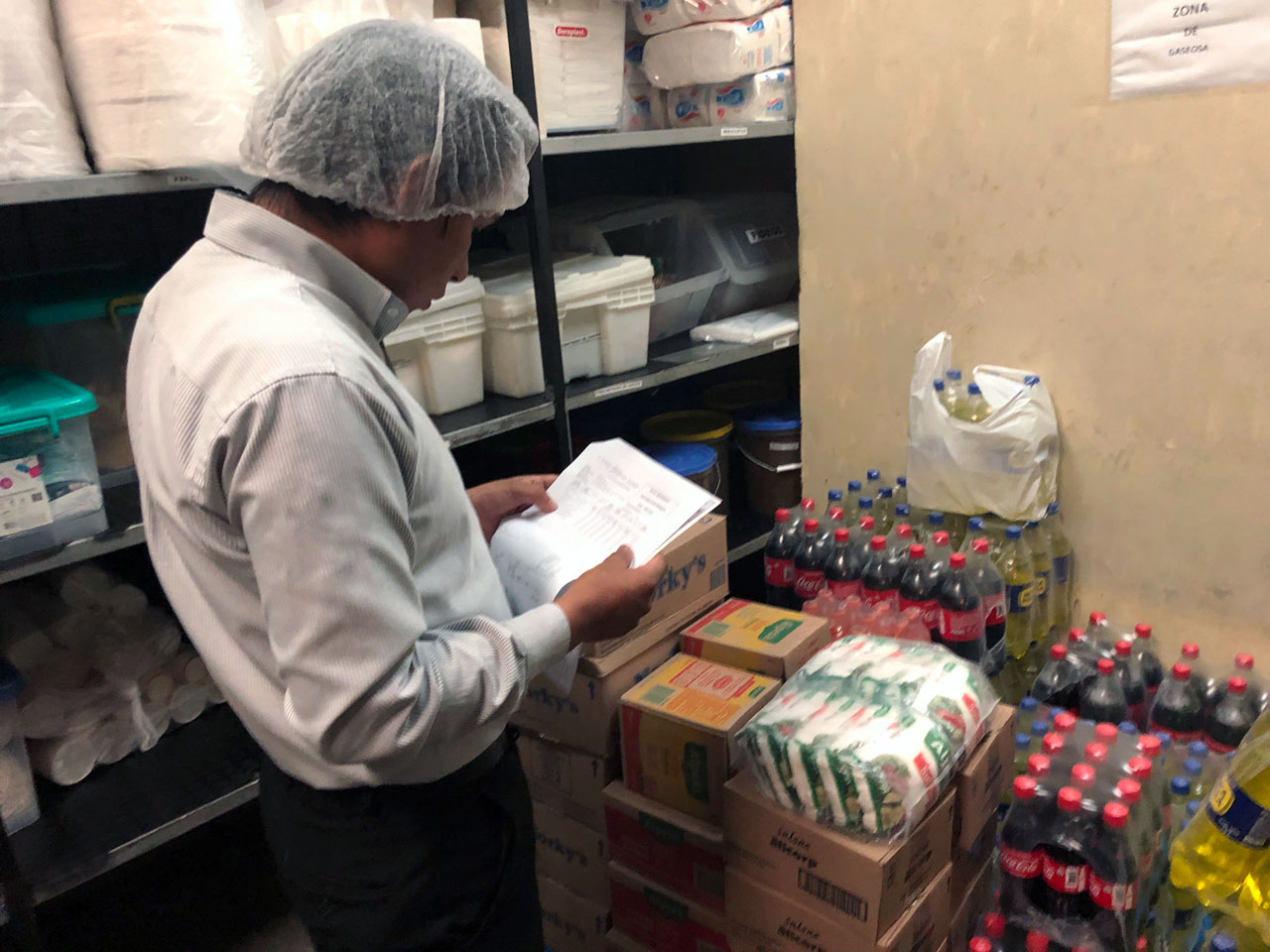Improving the UX of Foodservice in Peru
Research, design, and prototyping in a country with very different needs and market conditions than the US.

I led a project with a large Peruvian B2B / CPG company to improve the experience of the food service supply chain in Peru. This was an amazing opportunity to embed in Lima to research, design, and prototype in a country with very different needs and market conditions than the US.
The Challenge
How might we help our customers improve their business performance, knowing that our success is tied to their success?
The Result
Through prototyping product and customer experiences, as well as modeling the business opportunity in partnership with our client, we were able to show the value of an ecosystem approach and the potential to disrupt the space by combining their customer relationships with a set of strategic partnerships.
Since the project concluded in early 2019 numerous in-market pilots have been tested and green-lit for production, and two of our recommended strategic partnerships have been activated to extend the capabilities of our client in both online and point-of-sale channels.
The Approach
The team was initially tasked with improving and digitizing the order experience to increase sales, but our research soon identified a suite of needs that, if solved for, created an opportunity much larger than the initial ask.
Lima is a city of contrasts, with areas as modern and cosmopolitan as the US, while just an hour away the average experience with and access to technology might be very limited. Research in Lima was an experience I'll never forget, as it was simultaneously less formalized due to logistical realities, but much deeper than any other project I've been on in that we peeked into almost every corner of the supply chain, from raw materials and manufacturing to end user point of sale.


And not only did we learn how the food world operated in Lima, we heard the human stories of what it felt like to experience it. Beyond the frustration with inefficiencies one might expect, we heard stories about how some parts of the supply chain actually put people at risk.
We took these learnings to prototype a modular suite of services to connect front-of-house sales to inventory to ordering. This step was critical, as given the limited exposure to modern tools, many users didn't have a benchmark for what "better" could look like. If asked directly many were fine with the status quo, but when we demonstrated tool prototypes, they quickly understood the value.



